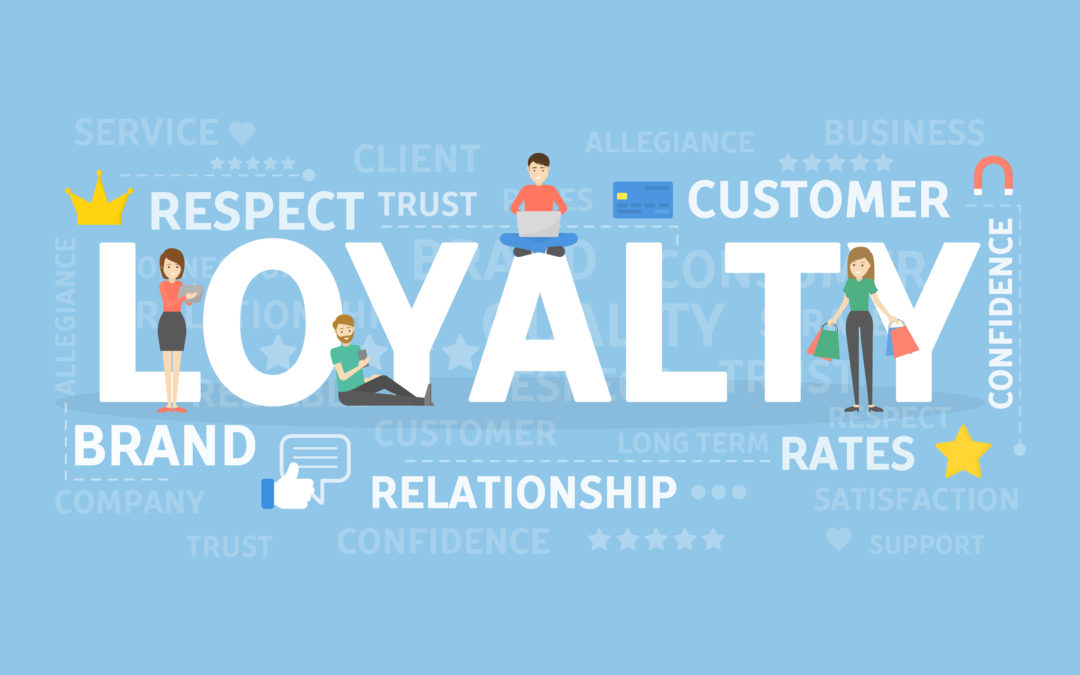- Design industry shaping loyalty programs
- Integrate easily and go live quicker
- Deliver hyper-personalized consumer experiences
Blue Rewards from Al Futtaim Group Shares Loyalty Success Stories and Evolution. Watch Podcast >
Capillary Announces 2nd Annual Captivate 2025 Summit: Transforming Loyalty Management with New AI Tech Read more >

By Soumajit Bhowmik-Investor, Director – Ecommerce, Capillary Technologies
‘eCommerce’ seems to be the buzzword these days, with many brands moving towards omnichannel and online-only transactions. While the old brick & mortar model presented many challenges, online shopping has come up with its own set of complexities. eCommerce site owners are stuck with an unsolvable rubik’s cube, making it imperative to constantly improve, adapt, learn and implement changes in a race towards sustainability, profitability and scalability.
At a very basic level, eCommerce has four levelers: platform, channel, assortment (or catalogue), and pricing. Platforms can range from websites, mobile cross-browsers, responsive and WAP sites to individual applications; channels are where you market your platform; the catalogue drives your revenue, and pricing determines your brand positioning, evolving your customer acquisition strategy, product margins etc. A play among these levelers determines where you can position yourself in the market and the kind of scale or revenue you can generate from your online store.
Without getting into platform specifics, the selection of platforms which need to be used by your eCommerce business should be based on your business goals and budget constraints. An app doesn’t always generate more business than a web portal, nor does it always have a greater conversion rate. Because while an app does offer you greater RoI’s than web portals, but apps as a platform demand more investment to achieve their full profiteering potential. The conversion rates of a platform is yet another puzzle, as there is no standardized benchmark for conversion and would therefore need constant improvement. For some eCommerce players, the conversion rate is more than 2.5%, while for others it has been lower than 0.1%.
When you have multiple platforms, there will be one question which will always need addressing– Is there one particular channel cannibalizing revenue from another? One might feel that investing in web portals is of little use, and it would make sense to invest more heavily on an app. But if you cut off the discovery platform, there might be a huge dip in app generated revenue. Of course you would not see the dip since the transition of shoppers from web only to to app will balance the overall dip, but customer acquisition costs and repeat purchase rates will definitely show some fluctuation.
How then, should one validate the importance of a platform? The answer, to some extent, lies in seeing a unified and unbiased view of customer across all the spaces.
Marketing budgets get split across channels for various purposes. One of them is brand marketing (offline and online), which includes display networks, banner inventory buyout, video promotions, offline marketing and organic social media marketing. The other part of channel marketing is to drive revenue, typically known as performance marketing channels. They include segments such as search engine optimization, inorganic social marketing and affiliate marketing. Budgets are plotted against the revenue generated by each of these channels (RoI or CIR as KPI), and are increased or decreased depending on their performance.
Now if someone visited your site, added something to their cart and left, there are high chances of them purchasing the product at some point in the near future. Live campaigns in CRM will also increase chances of driving them to make the purchase. But in the middle, retargeting shows up some ad on Facebook, and the user buys your product that channel instead. You lose out on an organic or CRM sale but get better Retargeting performance. Result – net revenue remains the same while the budget increases. These are common loopholes and can be seen regularly in the eCommerce industry.
Which channel gets attributed to a sale and which channel should be scaled up are two questions very closely related, yet we are nowhere close to a clear answer. The most convincing solution seems to be multi touch-point analysis and understanding customer behavior simultaneously, across all channels.
All of this points to one thing – understanding customer behavior. Not just across platforms, but also across channels. If your analytics team can get you data which tell you what percent of customers visited your app, browsed through products, and then went to a web portal to make a purchase (or vice versa), and what has been the channel wise flow from discovery to purchase, we can improve any customer acquisition and conversion funnel much better.
As the eCommerce industry is evolving, every aspect of it is becoming smarter. Progressive web apps for mobile web, programmatic marketing for display, multiple payment options, international shipping, shop the look for fashion eCommerce, app deep-linking and deferred deep-links, customized feed for retargeting and google shopping ads, scheduled push notifications for serving at the same time, etc, are all focused towards improving conversions and revenue. If one can constantly keep customer convenience and superior customer experience in mind as well, we are evolving in the right direction!

November 3, 2018 | 4 Min Read
Brand Loyalty as a product presents unique opportunities whi

March 14, 2018 | 4 Min Read
In the previous post of our Think Again Series we covered th

March 14, 2018 | 4 Min Read
In the previous post of our Think Again Series we covered th